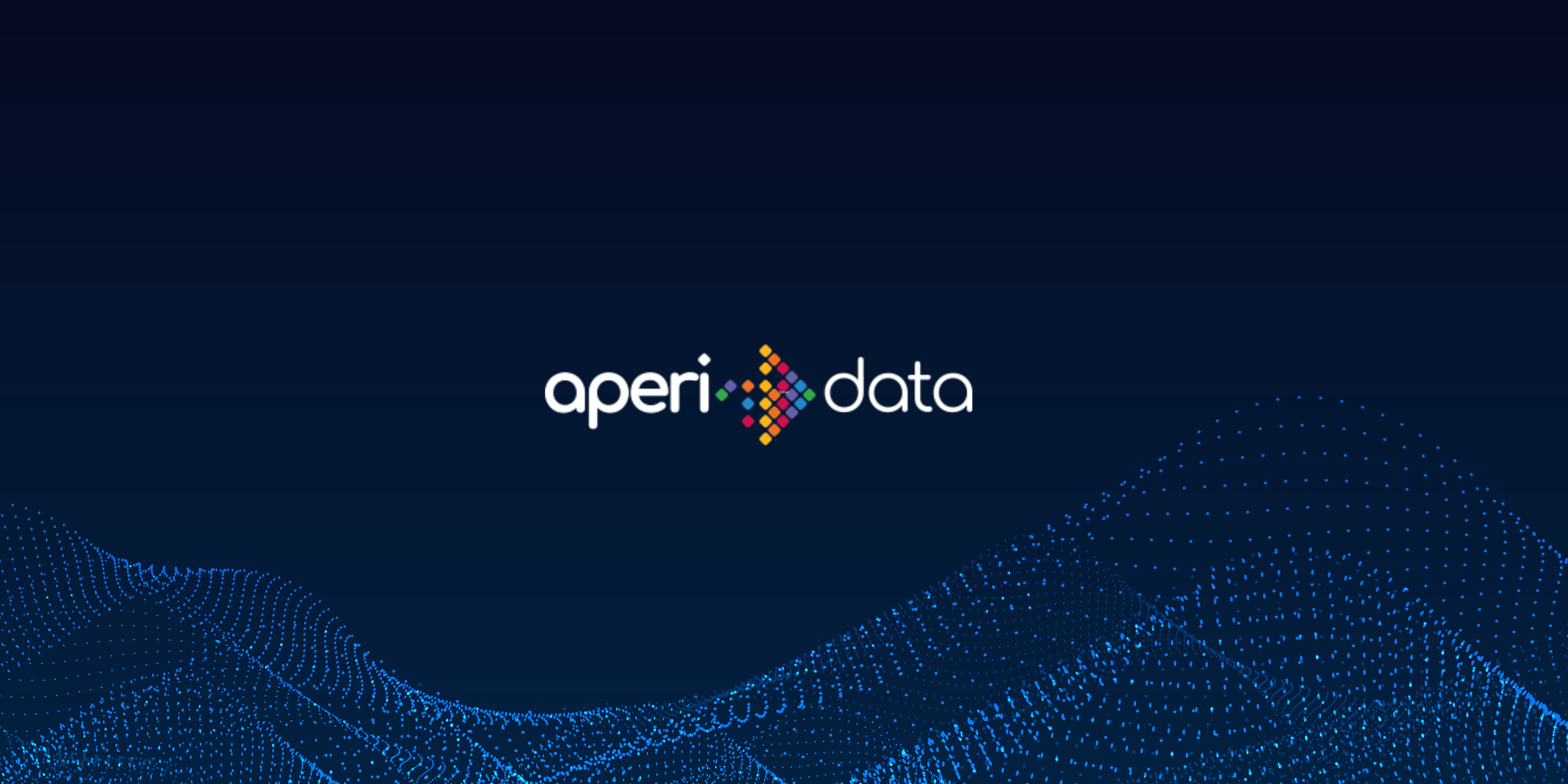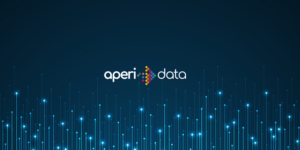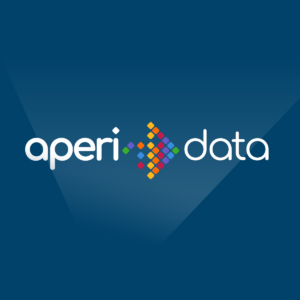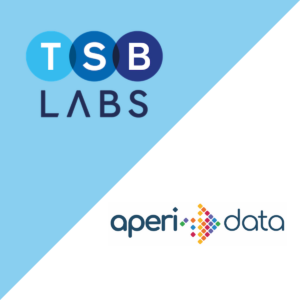The appetite for personalised experiences has never been higher – and it’s easy to understand why. Consumers expect offers and products that speak directly to their unique circumstances, preferences, and habits. In fact, research confirms this shift, with 74% of consumers saying they want more tailored banking experiences. Despite this demand, traditional tools fall short of delivering what customers expect.
Enter: Open Banking data for hyper-personalisation.
Real-time access to granular transaction data is completely overhauling how businesses understand and engage with their customers. And finally allowing them to meet customer expectations.
In this blog, we’ll look at how Open Banking data enables hyper-personalisation by improving their segmentation accuracy and delivering timely products and offers that truly resonate with customers.
What makes Open Banking data different
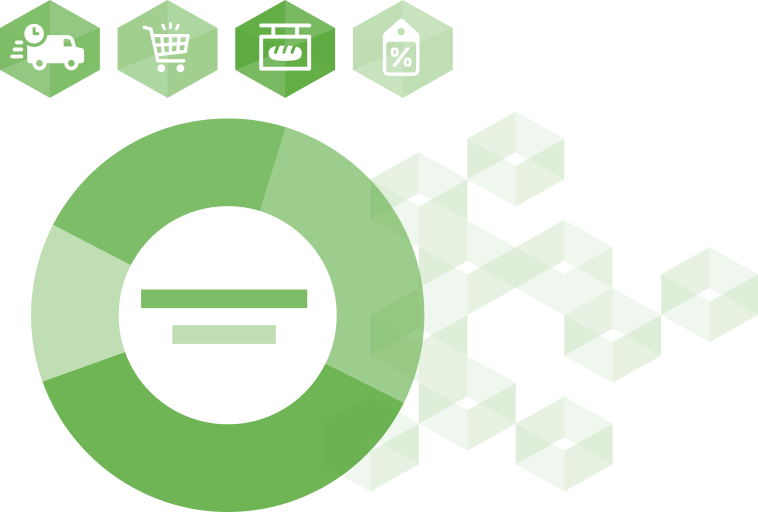
Unlike traditional data sources that tell you what happened in the past or group customers into broad demographic categories, Open Banking data shows you what’s happening right now. It provides a live, detailed view of customer behaviour that transforms how brands can understand and engage their audiences.
By analysing transaction data, businesses can uncover insights that were previously hidden, enabling:
- Lifestyle segmentation: Spot genuine spending trends, such as frequent travel purchases or regular home improvement investments, to group customers based on their real preferences and priorities.
- Real-time personalisation: Offers are adjusted based on current behaviours and spending habits, ensuring relevance at exactly the right moment—not based on months-old data.
- Enhanced customer understanding: Go beyond basic demographic insights to understand income patterns, spending priorities, and financial behaviours in unprecedented detail.
For instance, imagine being able to identify a customer who frequently spends on luxury travel. Rather than sending them a generic cashback offer, you can present a rewards program specifically designed for premium travel experiences – now that’s much more likely to build loyalty and drive engagement.
Of course, firms need to be thoughtful in how they personalise offers too. As Martha Mathers, Managing Vice President at Gartner says; “Brands need to layer in the right balance of data to boost message relevance.” The good news is Open Banking data provides exactly that layer of data you’re missing.
How Open Banking enables hyper-personalisation
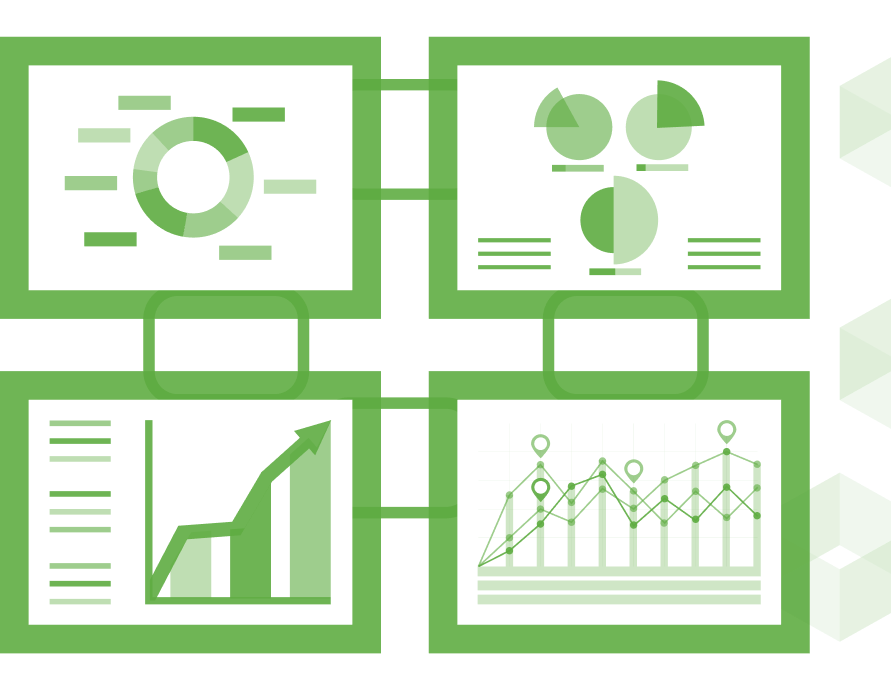
Open Banking data provides brands with detailed insights about their customers’ financial behaviour, moving beyond basic segmentation toward truly personalised experiences. Here’s what this granular data reveals:
1. Spending habits
Open Banking transaction data shows clear patterns in customer behaviour, such as:
- Regular bookings with travel companies, identifying customers who prioritise travel experiences
- Consistent spending at DIY stores, highlighting active home improvers
- Recurring investments in fitness apps and wellness products, revealing health-focused customers
These insights enable brands to align their offers precisely with customer priorities and interests.
2. Income variability
For customers with variable income – particularly freelancers and gig workers – transaction data reveals essential insights. This allows brands to:
- Develop financial products that accommodate irregular income streams
- Create solutions specifically designed for managing variable cash flow
3. Life changes
Transaction patterns often reveal significant changes in customers’ lives:
- New baby-related purchases, indicating a growing family
- Education payments, showing children entering new academic stages
- Real estate transactions, suggesting property purchases or moves
Identifying these changes means brands can offer the right products at the right time – from family insurance for new parents to education savings accounts for growing families.
How Open Banking data supports hyper-personalisation
Think about how brands typically understand their customers. They look at past purchases, demographic data, and survey responses. While this information is useful, you’re looking at a snapshot from months ago – it doesn’t tell you what customers need today.
Open Banking data changes this. Here’s how:
#1. Real-time insights vs. historical data
As we’ve briefly touched on, traditional approaches only tell you what happened in the past. They rely on purchase history from previous campaigns, survey responses that might be months old, and historical customer segments that don’t reflect current behaviour. Open Banking data, by contrast, shows you what’s happening now – from recent spending patterns to emerging financial needs. This means your offers can adapt to how customers are actually behaving today, not how they behaved last quarter.
#2. Real behaviour vs. broad categories
Traditional segmentation might tell you a customer is “professional, London-based, £50k+ salary.” But Open Banking data reveals their actual spending priorities, true financial patterns and current lifestyle choices. This means understanding not just which demographic box customers fit into, but how they actually manage and spend their money. You can see whether someone prioritises travel, regularly invests in their home or focuses on family activities.
#3. Hidden audiences
Many valuable customers get missed by traditional approaches simply because they don’t fit standard profiles. For example, a freelancer might have irregular income but maintain healthy financial habits. Or a young professional might have a limited credit history but show consistent saving patterns. Open Banking data helps you spot these opportunities that traditional tools miss, enabling you to serve customers who might otherwise be overlooked.
Use cases: Open Banking data in action
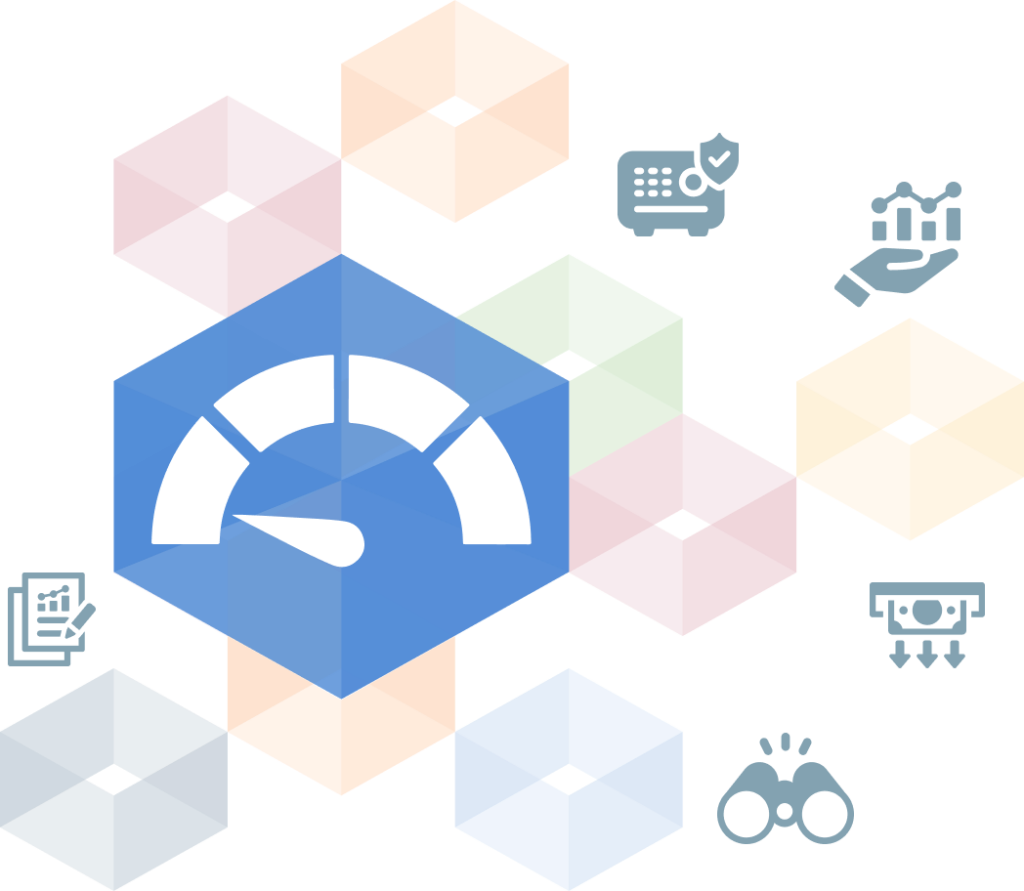
We’ve briefly mentioned some examples just now but let’s look in more detail at the practical ways brands can use Open Banking data in hyper-personalisation. These examples go beyond basic personalisation to show what’s really possible.
High-value customer retention 💌
Think about a customer who regularly spends at luxury retailers, books first-class travel, and dines at high-end restaurants. Rather than guessing at their preferences based on income or postcode, Open Banking data shows you exactly what they value. This means you can:
- Design VIP programmes that match their actual lifestyle choices
- Create experiences that reflect their spending priorities, from premium services to early access to new products
Spotting seasonal opportunities 🛍
Open Banking data can highlight seasonal spikes in spending. For example:
- When customers start buying outdoor equipment in spring, it signals an opportunity for activity-based financial products
- Back-to-school spending patterns help time educational savings products perfectly
Supporting financial wellness 👐
By analysing transaction data, brands can identify customers who might be showing signs of financial strain — frequent overdraft fees, reliance on short-term loans, or rising BNPL activity. Brands can:
- Promote financial wellness tools, such as budgeting apps, credit management resources, or low-interest consolidation loans.
- Launch campaigns around building financial health, positioning your brand as a supportive partner.
📕Financial wellness further reading: Solve thin credit files with Open Banking data
Keen to get started? Here’s what you need to know about using Open Banking data in hyper-personalisation…
Best practices: Using Open Banking data for hyper-personalisation
Making the most of Open Banking data requires more than just collecting information. Here’s what successful brands focus on:
1. Smart integration
Open Banking data needs to work seamlessly with your existing systems. For example, when a customer books an international holiday, your system should automatically recognise this behaviour and trigger relevant offers – whether that’s travel insurance or a card with no foreign transaction fees.
2. Combine data sources
While Open Banking data provides powerful insights, it works best when combined with other information you already have. Traditional customer data and Open Banking insights together create a more complete picture of your customers’ needs and preferences.
3. Build trust
Customers need to feel confident about sharing their transaction data. This means being clear about:
- How their data helps create better, more relevant offers
- The security measures protecting their information
- The specific benefits they’ll receive, such as more personalised rates or tailored products
4. Timing matters
The value of Open Banking data often lies in spotting opportunities at the right moment. Whether it’s recognising increased spending on home improvements or identifying new saving patterns, acting quickly on these insights makes your offers more effective.
Open Banking for hyper-personalisation: final thoughts
Now, brands can spot real customer needs as they happen. When someone starts spending more on home improvements, you can offer them relevant offers. When they’re booking regular flights, you know they’d value travel rewards.
In other words, brands will understand basic demographic information, how people actually live, and what they value. Open Banking data providers like AperiData make it possible to access these insights, helping brands uncover unique behavioural trends that drive more impactful, personalised campaigns.
Looking ahead, this kind of detailed understanding will become essential. Customers expect personalised experiences, and they’re willing to share their data to get them. The businesses that succeed will be those that use Open Banking data to deliver what customers actually need when they need it.
Keen to learn more about Open Banking data? We have a monthly newsletter dedicated to bringing you the latest Open Banking insights. Subscribe here.

